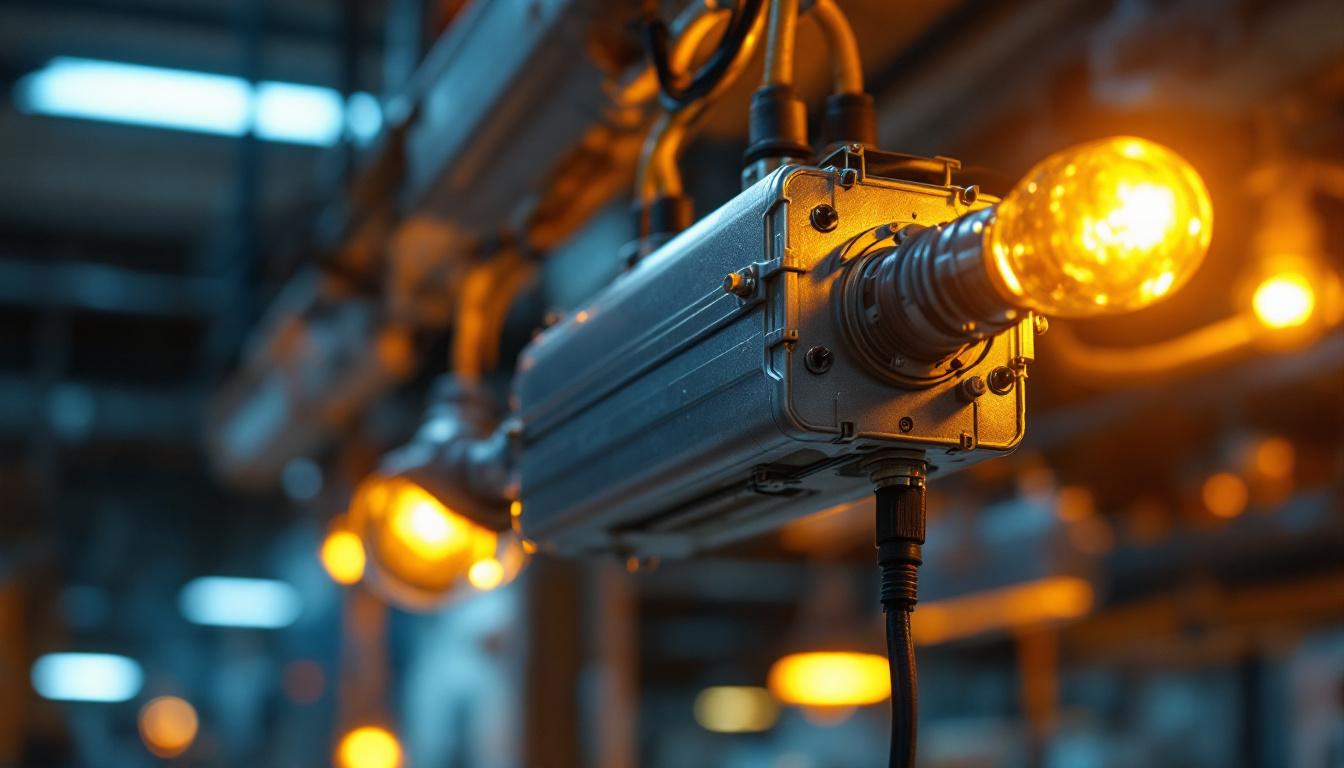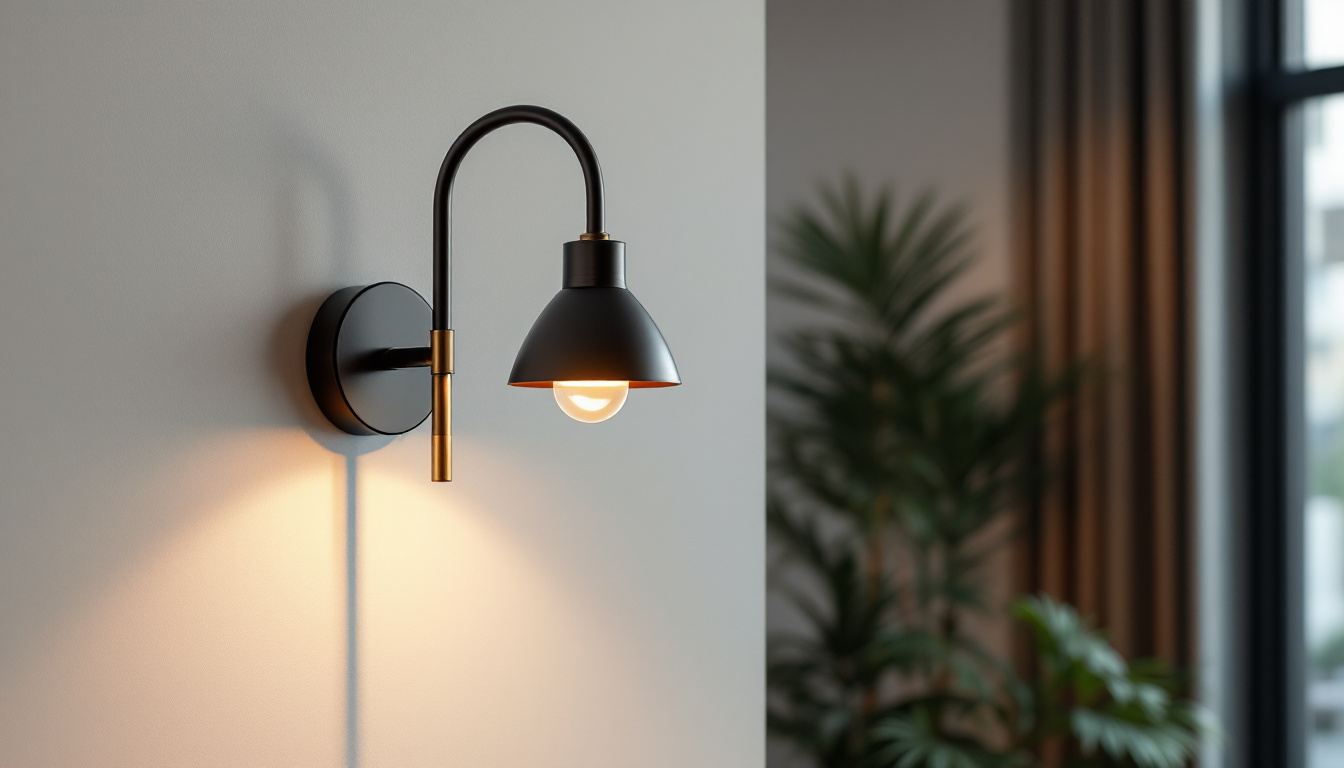
High Pressure Sodium (HPS) lighting systems are widely used in various applications, from street lighting to industrial facilities. A critical component of these systems is the ballast, which regulates the electrical current to the lamp. Understanding the intricacies of HPS ballasts is essential for lighting contractors who aim to provide efficient and reliable lighting solutions. This guide will delve into the types, functions, installation, and maintenance of HPS ballasts, ensuring that contractors are well-equipped to handle any project.
Before diving into the specifics, it is important to grasp what a ballast does in an HPS lighting system. The ballast serves as a stabilizing device that controls the voltage and current flowing to the lamp, ensuring it operates efficiently and safely. Without a proper ballast, the lamp could flicker, overheat, or fail prematurely.
There are primarily two types of ballasts used in HPS lighting systems: magnetic and electronic. Each type has its own set of characteristics, advantages, and disadvantages.
Magnetic ballasts are the traditional option, consisting of a transformer and a capacitor. They are known for their durability and reliability. However, they tend to be heavier and less energy-efficient compared to their electronic counterparts. Magnetic ballasts often operate at a lower frequency, which can lead to flickering and a less stable light output. Furthermore, they can generate more heat during operation, which may necessitate additional cooling measures in enclosed spaces. This added heat can also contribute to a shorter lifespan for both the ballast and the lamp itself, making careful consideration of the installation environment essential.
Electronic ballasts, on the other hand, are more modern and lightweight. They operate at higher frequencies, which results in a more stable light output and reduced flickering. Additionally, electronic ballasts are generally more energy-efficient, which can lead to cost savings over time. However, they may be more sensitive to power surges and require proper installation to avoid issues. The advanced technology in electronic ballasts allows for features such as dimming capabilities and compatibility with various lamp types, enhancing their versatility in different lighting applications. Moreover, their compact design allows for easier installation in tight spaces, making them a popular choice among growers and commercial users alike.
The functionality of a ballast goes beyond simply regulating current. It also plays a crucial role in starting the lamp. When power is initially supplied, the ballast provides a high voltage to ignite the gas within the lamp. Once the lamp is lit, the ballast reduces the voltage to a stable level for continuous operation. This starting process is vital, as it ensures that the lamp reaches its optimal operating temperature quickly, which is critical for achieving maximum light output and efficiency. Additionally, the ballast continuously monitors the lamp’s performance, adjusting the electrical supply as needed to maintain consistent brightness and prolong the lifespan of the lamp. This dynamic regulation not only enhances the quality of light produced but also contributes to energy savings, making it a key component in any HPS lighting setup.
Selecting the appropriate ballast for a specific application is vital for optimal performance. Several factors should be considered when making this choice.
One of the first considerations is the wattage of the HPS lamp being used. Ballasts are designed to work with specific wattages, so it is essential to match the ballast to the lamp. For instance, a 400-watt HPS lamp will require a compatible ballast that can handle that wattage. It’s also worth noting that using an incompatible ballast can lead to decreased performance, flickering lights, or even damage to the lamp itself. Therefore, always check the manufacturer’s specifications to ensure compatibility before making a purchase.
The environment in which the lighting system will be installed also influences the choice of ballast. For outdoor installations, weather-resistant ballasts are recommended to withstand moisture and temperature fluctuations. In contrast, indoor applications may allow for more flexibility in ballast selection. Additionally, consider factors such as ventilation and heat dissipation, as some ballasts can generate significant heat during operation. Proper placement and airflow can enhance the longevity and efficiency of the ballast, ensuring that your lighting system operates smoothly over time.
Energy efficiency is an increasingly important consideration in lighting projects. Many jurisdictions have regulations governing energy consumption, which can affect the choice of ballast. Electronic ballasts are often favored for their higher efficiency ratings, which can help meet or exceed these regulations. In addition to regulatory compliance, opting for energy-efficient ballasts can lead to substantial cost savings on electricity bills over the lifespan of the lighting system. Furthermore, many energy-efficient models come equipped with features such as dimming capabilities and improved power factor, which not only enhance performance but also contribute to a more sustainable approach to energy use.
When selecting a ballast, it’s also essential to consider the type and technology of the ballast itself. There are primarily two types of ballasts: magnetic and electronic. Magnetic ballasts are traditional and typically less expensive, but they are bulkier and less efficient compared to their electronic counterparts. Electronic ballasts, on the other hand, are lighter, quieter, and provide a more stable light output. They also have the added benefit of being able to operate multiple lamp types, which can be advantageous in projects requiring versatility. Understanding the differences between these technologies can help you make a more informed decision tailored to your specific needs.
Lastly, while the initial cost of a ballast is a significant factor, it’s important to consider the long-term value it brings to your project. Investing in a higher-quality ballast may result in lower maintenance costs and a longer lifespan for your lighting system. Additionally, some manufacturers offer warranties or guarantees that can provide peace of mind. It’s advisable to weigh the upfront costs against potential savings and performance benefits to determine the best option for your budget and project goals.
Proper installation of HPS ballasts is crucial for ensuring the longevity and efficiency of the lighting system. Following best practices can prevent common issues and enhance performance.
Before beginning the installation process, it is essential to take necessary safety precautions. Ensure that the power supply is turned off and use appropriate personal protective equipment (PPE). Familiarize yourself with the ballast’s wiring diagrams and specifications to avoid errors during installation.
Wiring the ballast correctly is fundamental to its operation. Most ballasts will come with a wiring diagram that outlines how to connect the ballast to the lamp and the power supply. Pay close attention to the color codes and ensure that all connections are secure. Loose connections can lead to flickering or complete failure of the lighting system.
Once the ballast is installed, it is crucial to test the system before finalizing the project. Turn on the power supply and observe the lamp’s performance. Look for any signs of flickering or instability, and ensure that the lamp reaches its full brightness. If issues arise, double-check the wiring and connections.
Conducting routine inspections of the ballast and associated components can help identify potential issues before they become significant problems. Look for signs of wear, such as discoloration, corrosion, or unusual noises. Regularly check the connections to ensure they remain tight and secure.
Dust and debris can accumulate around the ballast and lamp, potentially leading to overheating. Keeping the area clean is crucial for maintaining performance. Use a soft brush or cloth to gently remove dust from the ballast and surrounding fixtures. Ensure that any ventilation openings are clear to allow for proper airflow.
Even with proper maintenance, ballasts may eventually need to be replaced. Signs that a ballast may be failing include flickering lights, unusual noises, or complete lamp failure. When replacing a ballast, ensure that the new unit is compatible with the existing lamp and meets the necessary specifications.
Lighting contractors may encounter various issues when working with HPS ballasts. Understanding common problems and their solutions can streamline the troubleshooting process.
Flickering lights can be a frustrating issue for both contractors and end-users. This problem may arise from loose connections, a failing ballast, or an incompatible lamp. Start by checking all connections to ensure they are secure. If the connections are intact, consider testing the ballast with a multimeter to determine if it is functioning properly.
Overheating is another common issue that can lead to premature ballast failure. This problem may be caused by inadequate ventilation, dust accumulation, or a faulty ballast. Ensure that the ballast is installed in a well-ventilated area and free from obstructions. If overheating persists, it may be necessary to replace the ballast.
Inconsistent light output can indicate a problem with the ballast or the lamp itself. If the ballast is functioning correctly, it may be worth checking the lamp for signs of wear or damage. Replacing an old or faulty lamp can often resolve this issue and restore consistent lighting.
High Pressure Sodium ballasts are integral to the performance and reliability of HPS lighting systems. Understanding the various types, functions, and installation practices is essential for lighting contractors aiming to deliver quality solutions. By choosing the right ballast, ensuring proper installation, and conducting regular maintenance, contractors can enhance the longevity and efficiency of their lighting projects.
In an ever-evolving industry, staying informed about the latest advancements in ballast technology and energy efficiency regulations can provide a competitive edge. As the demand for efficient lighting solutions continues to grow, contractors who are well-versed in HPS ballasts will be better positioned to meet client needs and expectations.
Ready to elevate your lighting projects with the highest quality High Pressure Sodium ballasts? Look no further than LumenWholesale, where we specialize in providing lighting contractors with spec-grade lighting products at unbeatable wholesale prices. Say goodbye to local distributor markups and hello to our extensive selection that meets rigorous industry standards. With LumenWholesale, you’ll not only get reliable and efficient lighting solutions but also enjoy the convenience of bulk buying with free shipping. Don’t compromise on quality or value; choose LumenWholesale for the perfect blend of affordability and performance. Take the next step in optimizing your lighting projects by visiting Wholesale Lighting at the Best Value today.

Discover the key considerations for lighting contractors when selecting gooseneck wall sconces.

Discover essential insights and expert tips for lighting contractors navigating the industrial sector.

Discover the transformative impact of ceiling linear lights on your lighting installation projects.

Discover essential tips and common mistakes to avoid when installing LED recessed lighting.